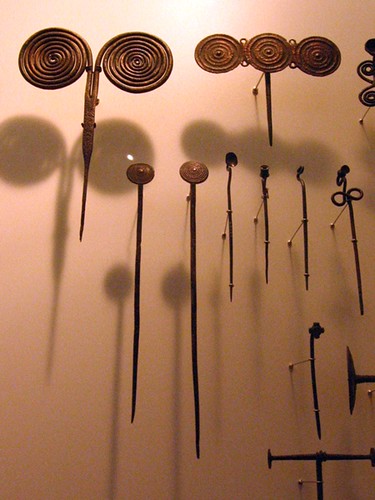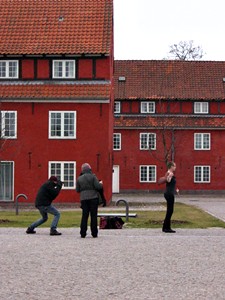 Denmark was not just us larking about Viking settlements or eating six types of pork for lunch (true fact!). Denmark was also about knitting.
I had a photo shoot! I am about to release a new pattern - Elsinore - and we had the photo shoot in the middle of the Kastellet fortifications in northern Copenhagen.
Denmark was not just us larking about Viking settlements or eating six types of pork for lunch (true fact!). Denmark was also about knitting.
I had a photo shoot! I am about to release a new pattern - Elsinore - and we had the photo shoot in the middle of the Kastellet fortifications in northern Copenhagen.
It was an incredible cold day, so whenever there was a break in the shoot, I rushed forth to wrap a warm cardigan around the brave model. The photos turned out amazing. Stay tuned!
I also met up with Signest, aka Signe Simonsen who has been published in Knitty, Twist Collective and Petite Purls among other places. She is one of my favourite designers for innovative, colourful and bold childrenswear (check ou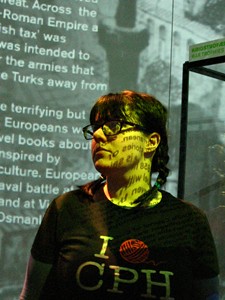 t the Nova dress and the Viola hat!) but Signe has several, several strings to her bow as you are sure to find out in months to come. I was lucky enough to get a sneak peek at a design she is currently working on for Danish yarn company Filcolana.
t the Nova dress and the Viola hat!) but Signe has several, several strings to her bow as you are sure to find out in months to come. I was lucky enough to get a sneak peek at a design she is currently working on for Danish yarn company Filcolana.
And Signe's also the genius behind my current favourite attire, the I YARN CPH tee. Sorry about the photo - it is not the most flattering one of me but it is the only one I have of me wearing the tee.
Yes, I rather liked Peter Greenaway's The Pillow Book. Why do you ask?
Oh, and there was yarn. Nothing really, really fascinating because I only had a few hours to spare so I could not explore new yarns, but I did buy a vast amount of yarn: mainly laceweight - which shocks no one - and mainly of the North Atlantic variety - which should shock absolutely no one either.
My usual Snældan yarn pusher had shut down since my last visit to Copenhagen, so I 'settled' for some more Navia Uno from Jorun Garn in Frederiksberg. They have similar fiber content (though the Navia introduces some merino into the blend) but the construction is slightly different. The Snældan is a slightly overspun single ply whereas Navia Uno is plied with a tightly spun 'thread' around a soft wool core. Navia Uno works up slightly softer than Snældan but has a smidgen less stitch definition. In other words, I should not be writing about 'settling' for anything as the two yarns are so similar and so beautiful. I am just concerned about minutiae.
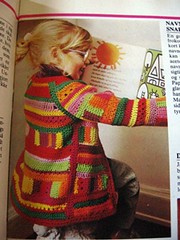 And then I visited a charity shop where I uncovered a pile of Alt om Håndarbejde (eng: All About Crafts) magazines from the 1970s.
And then I visited a charity shop where I uncovered a pile of Alt om Håndarbejde (eng: All About Crafts) magazines from the 1970s.
Alt om was really instrumental in kickstarting my lifelong love of all things crafty and I remember trying out loads of their easy kids' projects when I was a kid. I even think the first garment I ever made for myself (a pair of shorts!) was from an Alt om pattern.
Some of the projects are just outlandish seen with today's eyes but others transcend their time period with aplomb. I only took some of the magazines with me (the rest are staying with my mum until further notice) but I picked a few with fantastic sewing patterns for dresses and skirts. I don't think I shall ever outgrow my 1970s dress sense..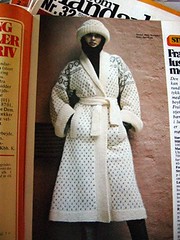
There are also quite a few big knitting projects that I can admire knowing I will never ever knit them. Just look at that coat. It is absolutely stunning. I have instructed my grandmother to snap up any old Alt Om that she might come across as the tutorials are worth their weight in gold.
I tried finding Alt Om's modern incarnation - the rather splendid Symagasinet which is all about sewing - but the local shops let me down. Earlier this year I also contacted the publisher about a possible subscription but the shipping costs were ridiculous, so I dropped that idea. Oh, Scandinavia, why do you taunt me so?
Anyway. To come: a brand-new pattern release, news about other patterns, some FOs and so forth. My life's really busy right now!

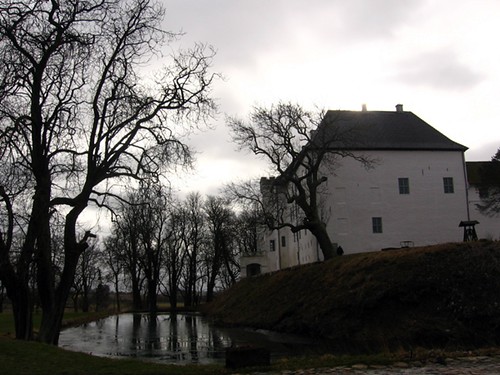
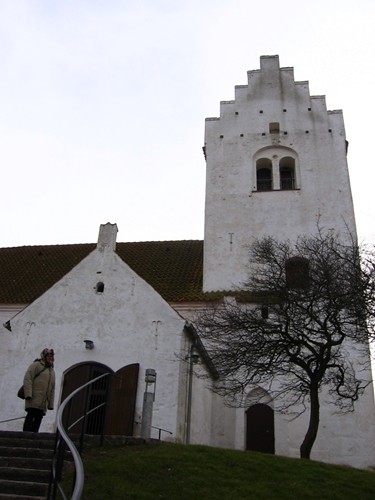 incarcerated (he was charged with bigamy in Norway after marrying a charming Norwegian wench!) and died at
incarcerated (he was charged with bigamy in Norway after marrying a charming Norwegian wench!) and died at 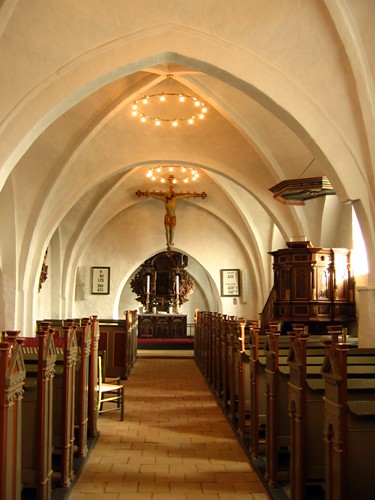 Inside it looks like any other tiny village church. All but one pre-Reformation fresco have been painted over with chalky white paint (for pre-Reformation frescos in Denmark,
Inside it looks like any other tiny village church. All but one pre-Reformation fresco have been painted over with chalky white paint (for pre-Reformation frescos in Denmark,  And this is where it gets very poignant.
And this is where it gets very poignant. Denmark is a small country which is probably the reason I can get away with describing somewhere one hour away from its capital as "rural" and "remote". I grew up in rural and remote north-west Zealand, not far from this lake.
Tissø means 'the lake of Tyr' -
Denmark is a small country which is probably the reason I can get away with describing somewhere one hour away from its capital as "rural" and "remote". I grew up in rural and remote north-west Zealand, not far from this lake.
Tissø means 'the lake of Tyr' - 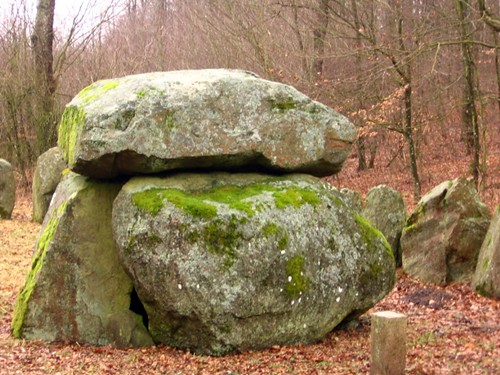 Tissø is part of a marshy landscape known as Åmosen (literally: the Creek Marsh) which stretches across most of my childhood landscape.
Tissø is part of a marshy landscape known as Åmosen (literally: the Creek Marsh) which stretches across most of my childhood landscape.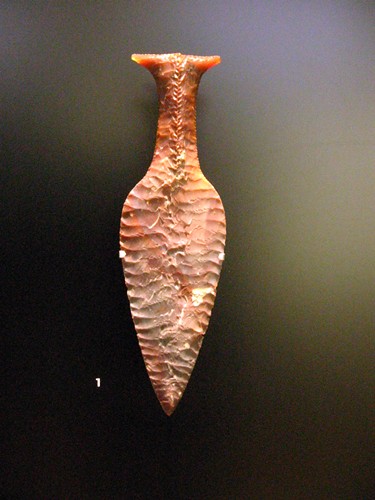 One of my favourite artefacts was not found anywhere near my home, but I think this stone dagger is just so amazing.
One of my favourite artefacts was not found anywhere near my home, but I think this stone dagger is just so amazing.